Calibre RW1212 derives its alphanumeric moniker from the postal code (1212) of Raymond Weil’s headquarters in the Geneva suburb of Grand-Lancy. While it is not produced entirely in-house per se, the caliber is the result of an 18-month collaboration between Raymond Weil’s R&D department and the designers at Sellita, the large Swiss movement manufacturer that provides movements for a slew of brands. This one, which is self-winding and holds a 38-hour power reserve, is exclusive to Raymond Weil, and distinguished by the dial-side positioning of its regulating organ, whose balance-and-spring construction is positioned above the mainplate and held by two bridges. Peeking out from a large aperture at 6 o’clock on the watch’s partially openworked dial, the balance, beating at 28,800 vph, resembles a tourbillon at first glance. All the elements relating to the regulating system, including the diamond-polished balance wheel and skeletonized bridges, have been redesigned from the base movement and pared down for impoved visibility.

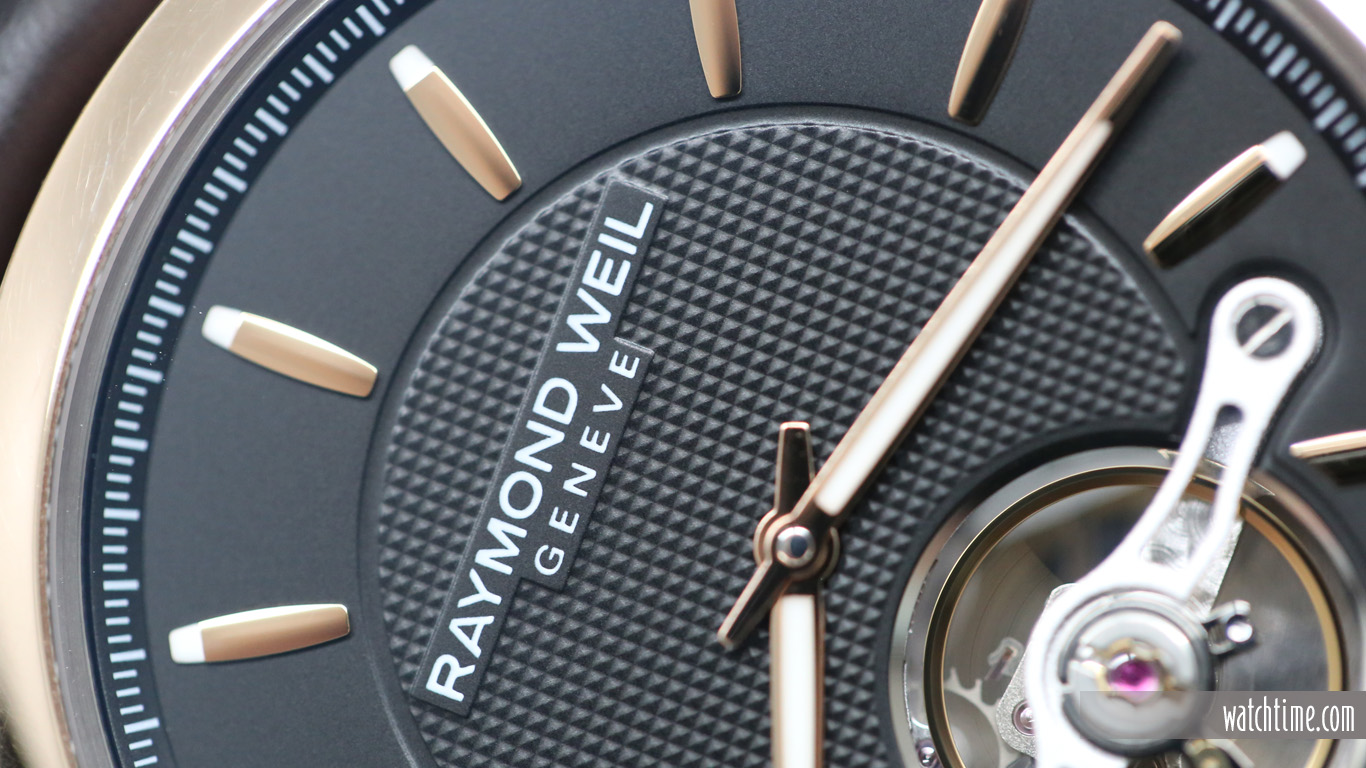
Other brands have played with this look — what I have come to call the “trompe l’oeil tourbillon” look — in past models, notably Frédérique Constant, with its Open Heart series, and Zenith, with its Chronomaster Open models, though neither of those put so much visual emphasis on the exposed regulator. The overall effect, in those watches as in this one, is to enhance the timepiece’s perceived value by putting its inner complexity on display; it’s also a quick and obvious way to demonstrate, to those who notice and possibly even judge one’s connoisseur cred by such things, that your watch is mechanical.
Raymond Weil wisely chose to showcase this new movement in one of its most cleanly designed models, the two-handed Freelancer, thus ensuring that the dial-side regulator draws the eye instantly and doesn’t compete for attention with subdials, windows, or additional hands. The case, here in brushed stainless steel with rose gold plating on the bezel and the crown, measures 42.5 mm in diameter and 10.6 mm thick; the two-tone look (with rose-gold coloring also enhancing the dial’s applied hour indices and hands), also aid in making this very reasonably priced Swiss timepiece look more expensive than it is. The fluted crown screws securely into the case and bears an attractive “RW” relief engraving.
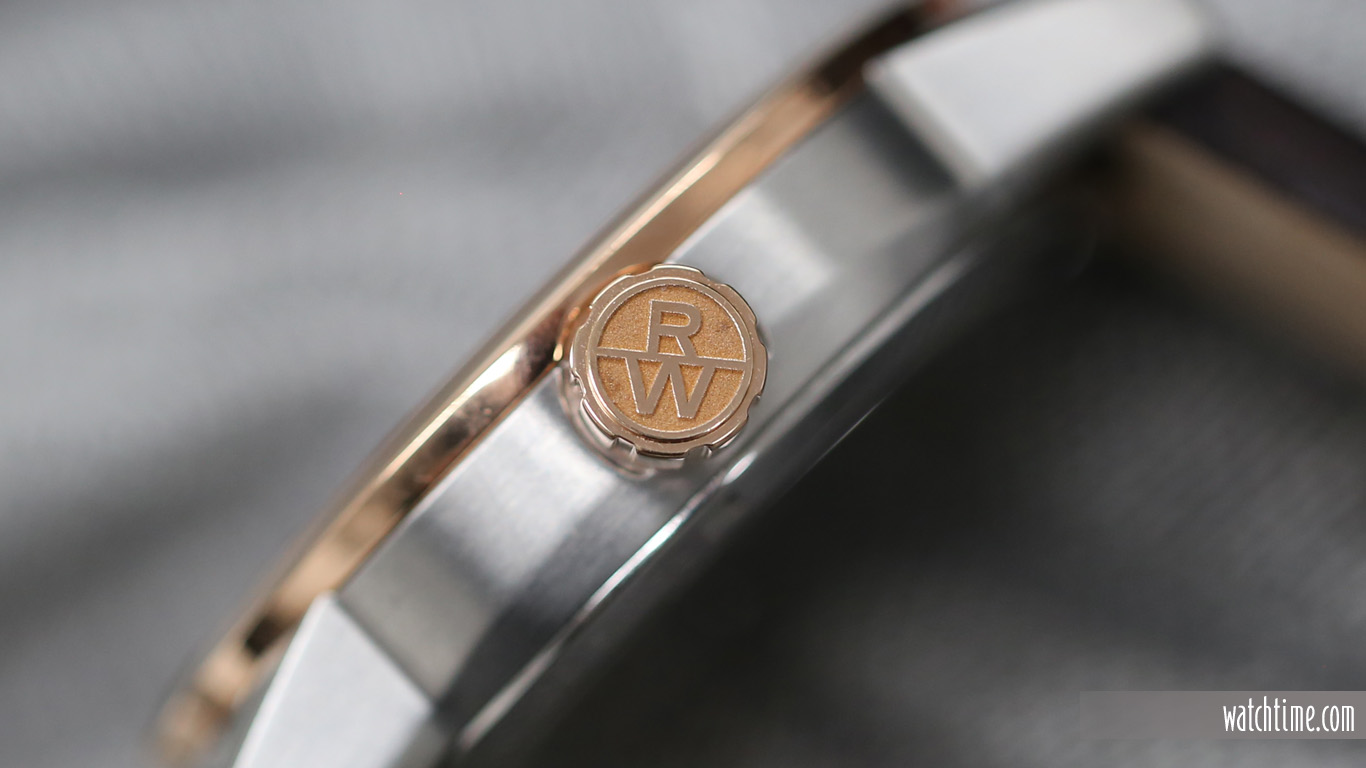
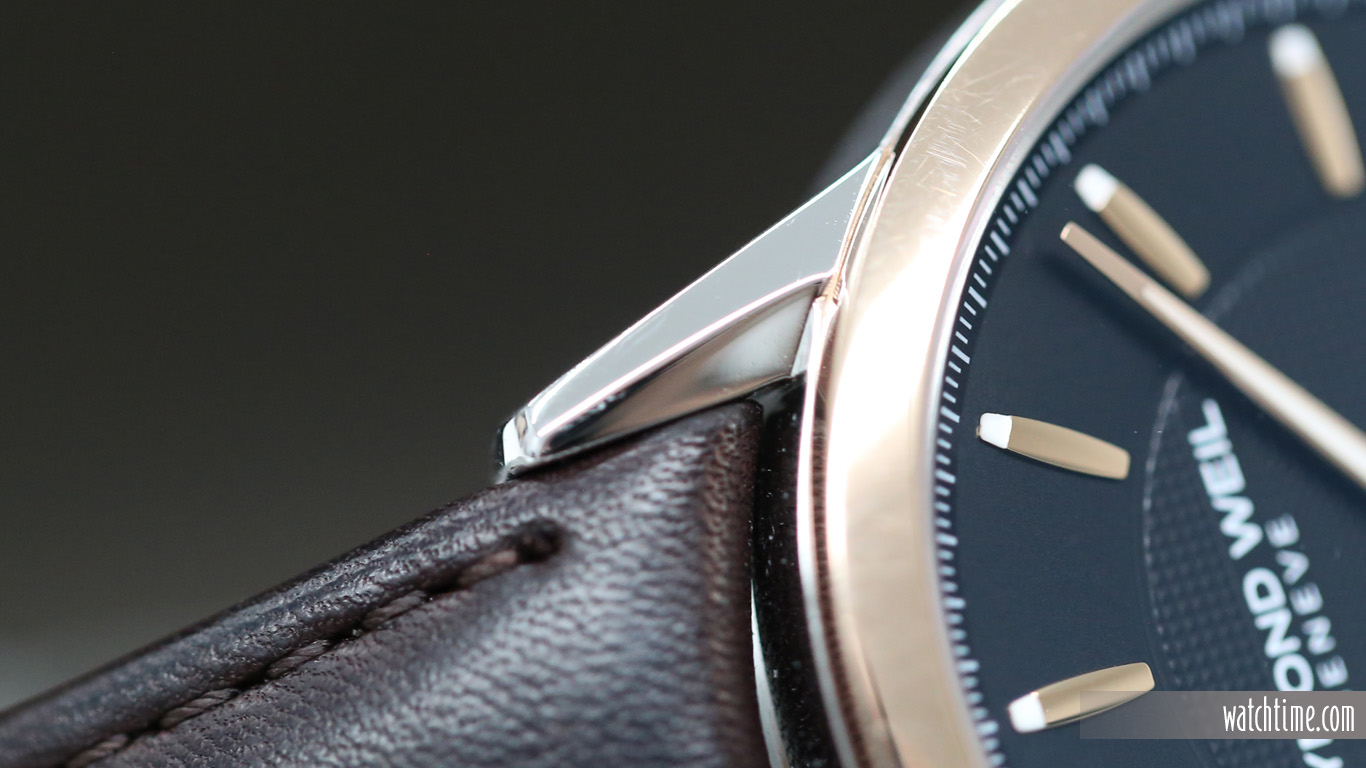
The galvanic black dial is composed of two sectors with different finishes, with a smooth, matte outer ring encircling a guilloché-enhanced central expanse. The Freelancer’s barrel-shaped hands are treated in their centers with Super-LumiNova; the aforementioned hour appliqués have the luminous material applied only to their outer tips, making for a classically elegant but still legible reading of the time in the dark. Since there is no seconds hand, the presence of subdivisions on the minutes scale around the outer flange is somewhat superfluous, but most other Freelancer models seem to include it, so why not?
Caliber RW1212’s marquee attraction is on the dial side, but still offers some eye candy on its back side, which is accessible through the watch’s clear sapphire caseback. From this vantage point, you’ll find the rotor decorated with Geneva striping and a “Raymond Weil Genève” logo, and hints of perlage on the bridges and plates underneath.
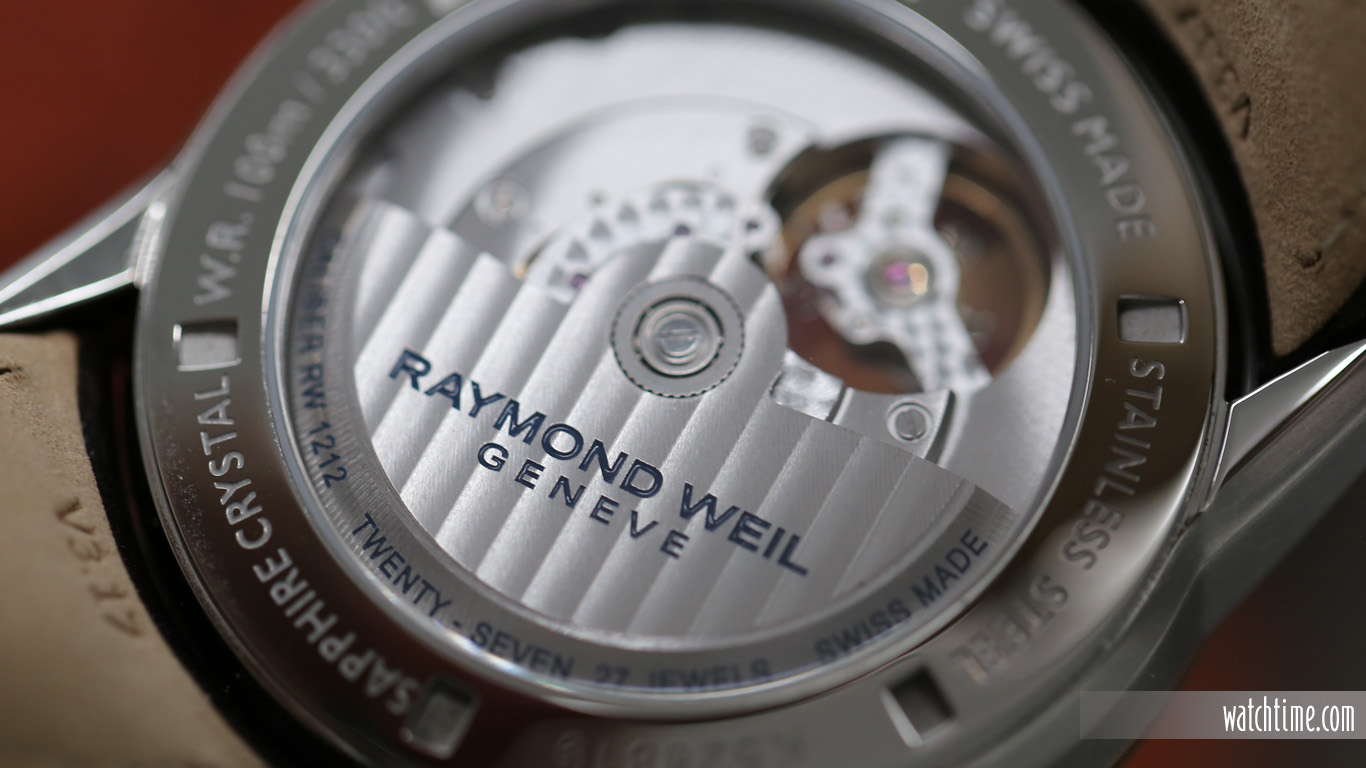
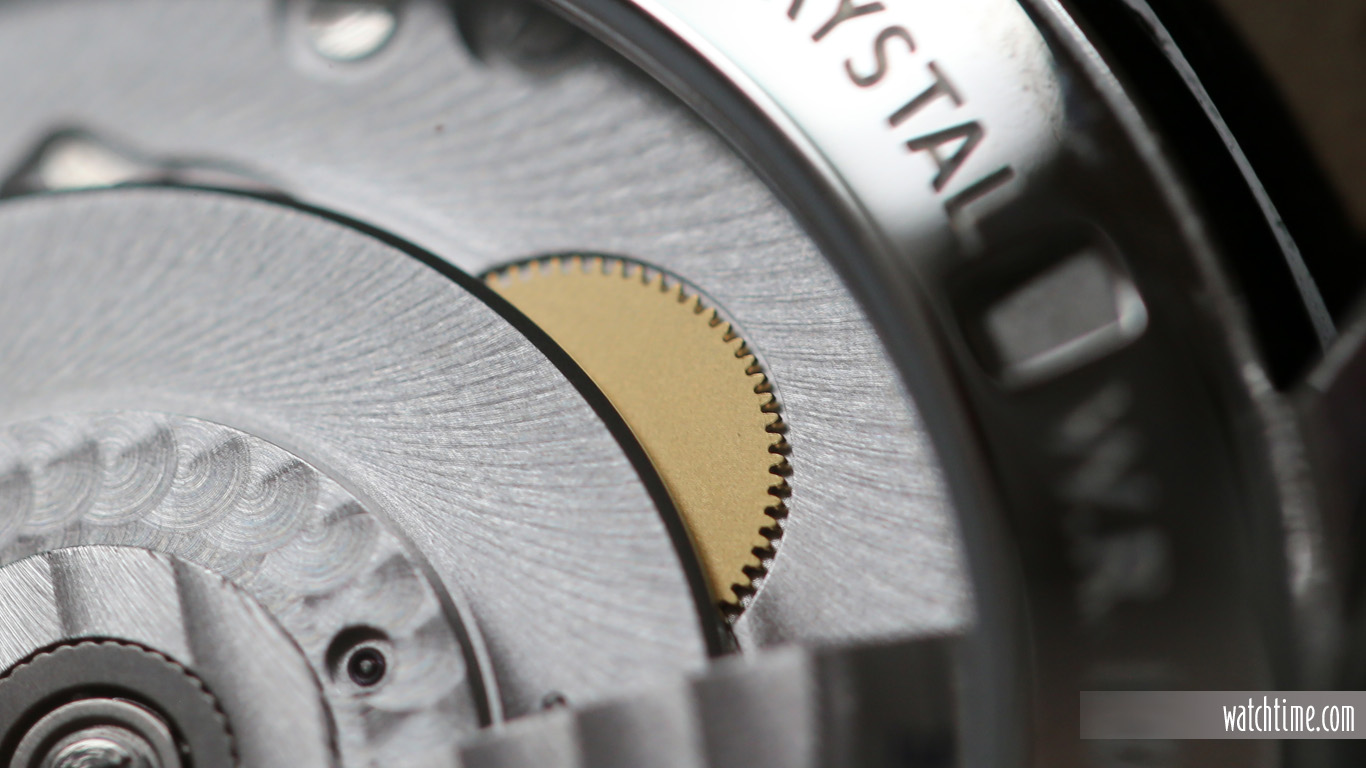
The watch fastens with a stainless steel double-folding clasp with a secure double-push-button operation; an RW logo is engraved on its top surface. The dark brown calfskin strap, with tone-on-tone stitching, harmonizes nicely with the black dial and rose-gold highlights, and matches an appealingly gritty outer texture with a soft lining that caresses the wrist.
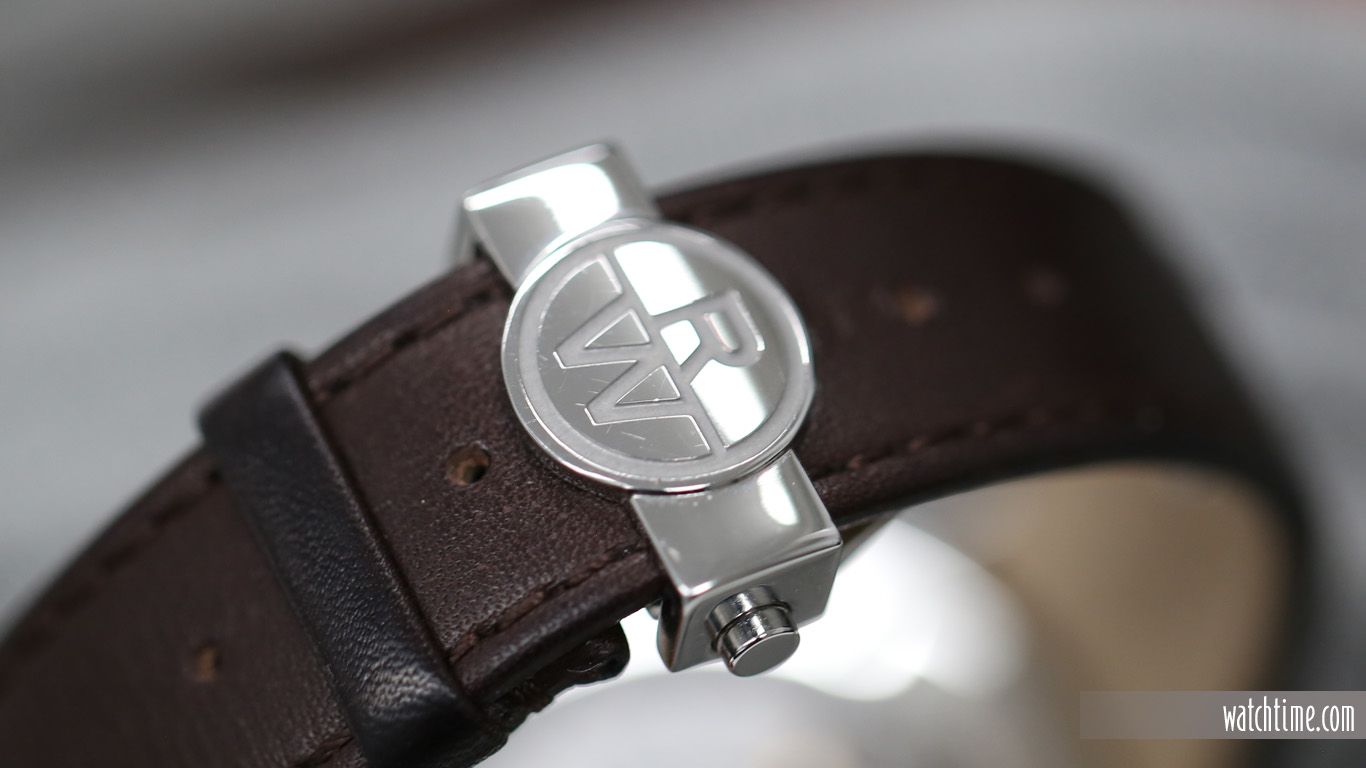
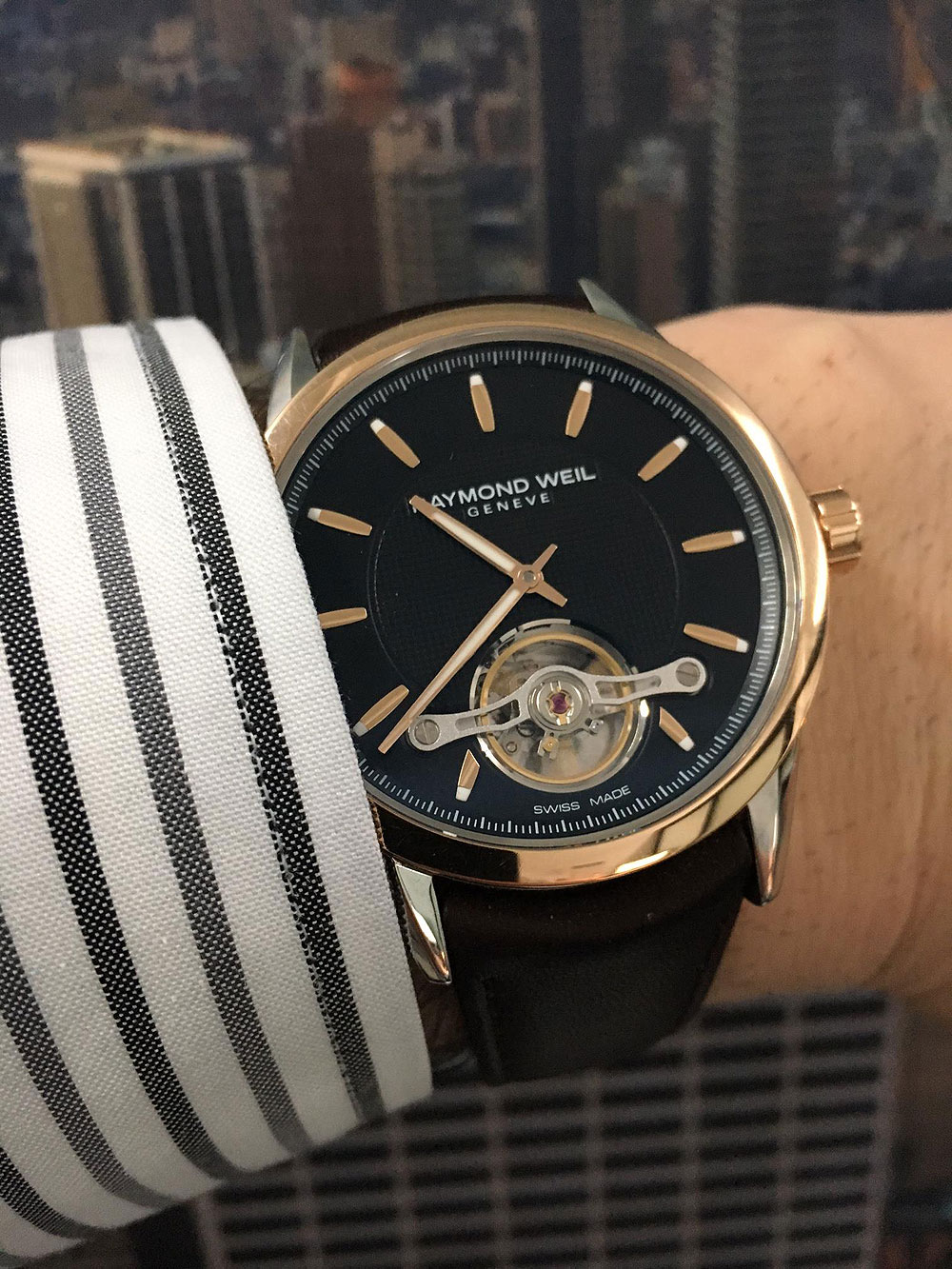
Perhaps the main reason it took Raymond Weil so long to produce a watch with an exclusive movement — and why the movement itself is inwardly complex yet outwardly very simple (not even a running seconds display, much less a date) — is because the brand has always been concerned about maintaining its price points at the levels to which its fans have become accustomed. With the Freelancer Calibre RW1212, it’s difficult to imagine how it could have improved its price-to-value ratio: prices start at just $1,850 for the models on leather straps; even the steel bracelet versions come in slightly under the $2,000 threshold, at $1,995. Not an unreasonable ask for a Swiss-made mechanical automatic with a technically intriguing design. Now let’s see what the Bernheims and their team have in mind as far as building complications upon this base movement in the future.


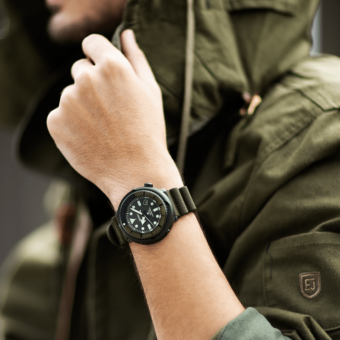
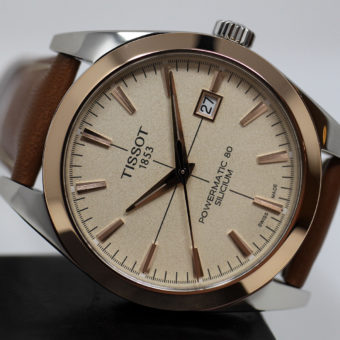
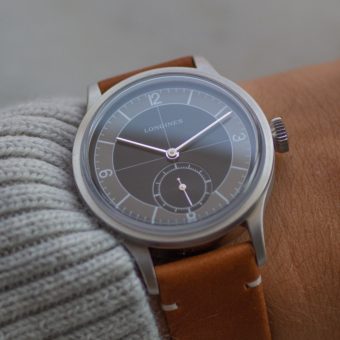
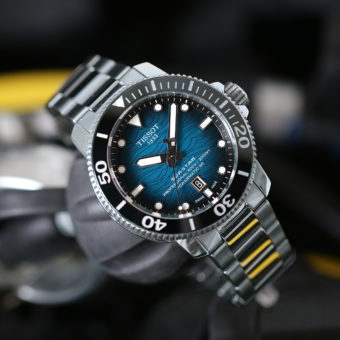


Any feedback now that this has been out a while? Particularly interested in feedback regarding the watch’s accuracy and sustainability of function over time. Cheers!
Love my Raymond Weil watch, just need new band, working on that, via the mail!!!
Raymond well freelancer calibre RWRW 1212
Price Please